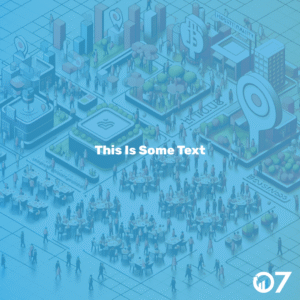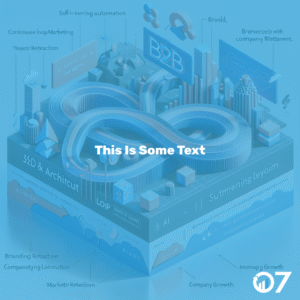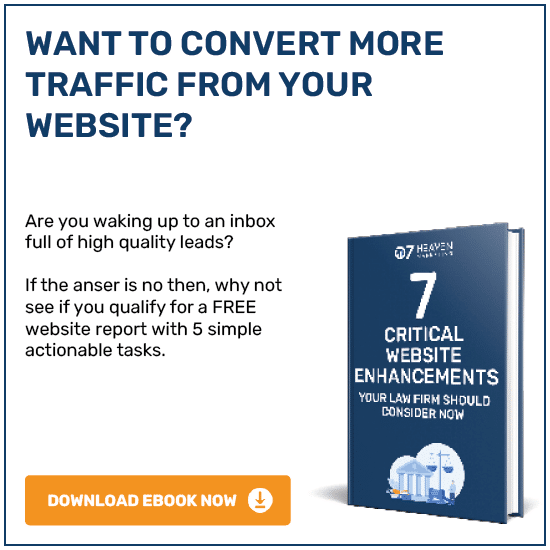When I embarked on designing my first website, I encountered an initial sense of overwhelm. This sensation is often experienced by many when starting the web page layout design process. Despite utilising a pre-made template for guidance, I remained consumed with continuously dragging and dropping various modules, trying to orchestrate an effective design. Yet, I felt as though I was simply treading water and not making any substantial progress.
Understanding the Basics of Web Page Layout
A successful web page layout should direct the viewer’s eye seamlessly from one element to another. Functionality and aesthetics should strike a harmonious balance. Firstly, consider what you want your viewers to achieve from visiting your page. This might include reading a complete blog post or making a purchase from your online shop.
The Role of a Visually Engaging Layout
The visual appeal of a web page is as critical as the content itself. A cluttered or confusing interface can lead viewers away almost instantly. Simplicity should be your mantra. Clean, open spaces paired with strategic placement of content invite the reader to navigate through your web page without feeling overwhelmed.
Colour and Typography Considerations
Colours do more than simply prettify a page; they convey mood and evoke emotions. Similarly, typography choices influence readability and user engagement. Selecting coherent colour schemes and fonts that resonate with your brand is key. Ensure that your text is legible and doesn’t demand effort from your audience.
Structuring Your Web Page Layout
It’s essential to maintain a logical hierarchy. Header sections often include navigation that guides users to different parts of the site. Following this with concise and compelling content allows users to digest information effortlessly. Clear headlines and strategic subheadings break content into manageable parts for easy consumption.
Common Web Page Layouts
Whether it’s a grid, single column, or Z-pattern, your choice of layout should accommodate the nature of content presented. For news sites, a grid layout might work best, allowing visuals and text to share the stage effectively. In contrast, a single-column layout might be preferred for storytelling or personal blog posts.
Importance of Mobile Responsiveness
In today’s mobile-driven era, ensuring your web page layout is responsive is critical. A non-responsive design risks alienating half of your audience who access websites via their phones and tablets. Responsive layouts should automatically adjust to fit diverse screen sizes, ensuring usability across all devices.
Optimising for SEO
Apart from ergonomic considerations, your web page layout impacts your site’s search engine optimisation (SEO). Utilise the selected keyword “web page layout” throughout the content for better visibility on search engines. Ensure it appears naturally within the text to maintain readability. Integrate internal links to other pages on your site to boost your SEO.
Engaging Calls to Action
Calls to Action (CTAs) are a driving force on any web page. Clear, concise CTAs can prompt readers towards tasks that fulfil your site’s purposes, such as subscribing, purchasing, or reaching out for more information.
Conclusion
Boosting your web page layout is about striking the optimal balance between aesthetics and functionality. Ensure consistency in design elements and provide navigation paths that meet users’ expectations and enhance their experience. For more insights, visit our blog or contact us via email at info@07hm.co.uk or call us on 01702 410663.





